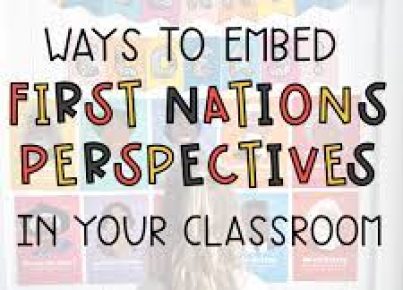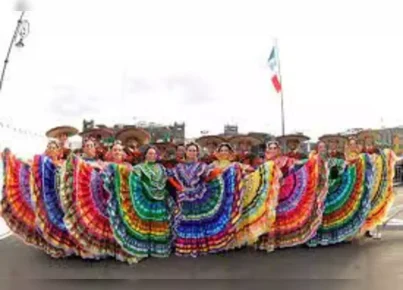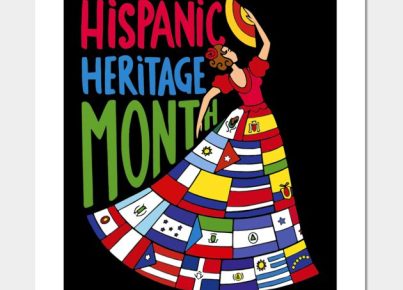Introduction:
Kwanzaa, a week-long cultural festival celebrating African heritage, is observed from December 26th to January 1st each year. First established in 1966 by Dr. Maulana Karenga, Kwanzaa derives its name from the Swahili phrase “matunda ya kwanza,” which translates to “first fruits.” As educators, it is essential to teach students about this significant cultural event to promote understanding, inclusiveness, and appreciation of diverse traditions. This article will provide an in-depth guide for educators on how to teach about Kwanzaa.
The Seven Principles:
At the heart of Kwanzaa celebrations are the seven guiding principles known as Nguzo Saba. Each day of Kwanzaa represents one principle:
1. Umoja (Unity) – Striving for unity within the family, community, nation, and race.
2. Kujichagulia (Self-Determination) – Defining, creating, and speaking for oneself.
3. Ujima (Collective Work and Responsibility) – Building and maintaining a community together while solving problems collectively.
4. Ujamaa (Cooperative Economics) – Encouraging and promoting businesses that benefit the community.
5. Nia (Purpose) – Working together to build a strong community and restoring African culture.
6. Kuumba (Creativity) – Striving to make the community more beautiful and beneficial for future generations.
7. Imani (Faith) – Believing in oneself, the people around, and the struggle for unity.
Teaching Strategies:
Here are some teaching strategies that can be used when introducing Kwanzaa to students:
1. Presentation: Use a PowerPoint or Prezi presentation to introduce students to Kwanzaa, its history, key concepts, symbols, and the seven principles.
2. Art Project: Encourage students to create Kwanzaa-themed crafts such as decorating Mkekas (woven mats), making Kinara candle holders, or creating Zawadi (gifts).
3. Literature: Incorporate books, poems, and stories about Kwanzaa into your lesson plans. Look for works that reflect the seven principles and bring the celebration to life for students.
4. Guest Speaker: Invite members of the African-American community who celebrate Kwanzaa to visit your class and share their experiences and insights with students.
5. Community Involvement: Organize a school or community event that promotes Kwanzaa, such as a Kwanzaa night with performances, food, and presentations by students showcasing what they have learned.
6. Integrated Learning: Combine Kwanzaa lessons with other subjects like writing (students can write essays about the importance of Kwanzaa), history (explore the African roots of the celebration), and social studies (discuss how Kwanzaa unites communities).
7. Reflective Discussion: Encourage students to engage in reflective discussions regarding the importance of understanding different cultures, appreciating diversity, and respecting others’ traditions.
Conclusion:
Teaching about Kwanzaa is a fantastic opportunity for educators to help students learn about African-American culture and embrace diversity within their communities. By incorporating various educational activities and strategies, teachers can foster a more inclusive environment where all students can appreciate and learn from each other’s cultural backgrounds. Happy teaching!





